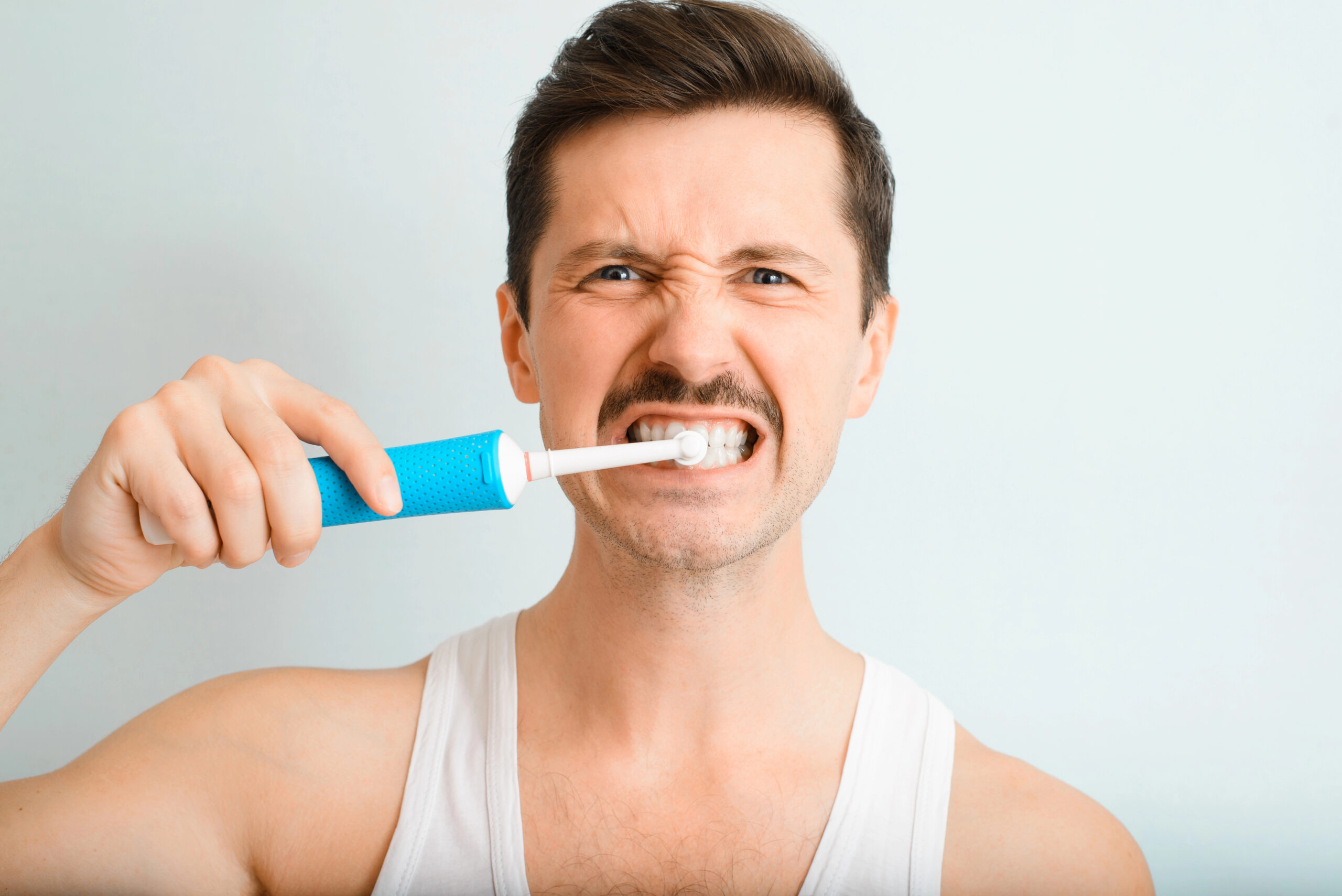5 Common Brushing Mistakes and How to Avoid Them
Brushing your teeth is one of those habits you probably do every day without thinking twice. But what if we told you that even though you’re brushing regularly, you might not be brushing correctly?
The truth is, many people make simple brushing mistakes that can lead to plaque buildup, cavities, gum problems, and even damage to the teeth over time.
At Brandon Smiles Dentistry, we see firsthand how these common brushing errors affect our patients’ oral health. The good news is that once you’re aware of what you might be doing wrong, it’s easy to make adjustments that have a big impact.
In this blog post, let’s dive into 5 of the most common brushing mistakes and, more importantly, how to avoid them.
Common Brushing Mistakes
1. Brushing Too Hard
One of the most frequent mistakes people make is brushing with too much force. Many assume that scrubbing harder should clean better. But that’s not quite right in this case. Brushing too hard can actually wear down your enamel (the protective outer layer of your teeth) and irritate your gums. Over time, this can lead to tooth sensitivity and gum recession.
Instead of using a heavy hand, think of brushing as massaging your teeth and gums. Apply gentle, steady pressure. Let the bristles do the work for you. If your toothbrush looks flattened or frayed after a few weeks, chances are that you’re brushing too aggressively.
2. Using the Wrong Toothbrush
Toothbrushes are not one-size-fits-all. Using a brush with bristles that are too hard can do more harm than good, especially if you’re already brushing harshly. Hard bristles can cause microscopic damage to your enamel and gums, which may lead to long-term issues.
A soft-bristled toothbrush is usually the safest and most effective option for most people. It’s gentle on your gums while still being strong enough to clean plaque and food particles off your teeth.
The size of the brush head also matters. Your brush should comfortably fit in your mouth and be able to reach all areas, including the back molars. If you’re unsure what type of brush is best for you, don’t hesitate to ask your dentist at your next visit.
3. Not Brushing Long Enough
A quick once-over with your toothbrush might freshen your breath, but it’s not enough to properly clean your teeth. Many people brush for just 30 to 60 seconds when the recommended time is 2 full minutes. Anything less than that likely means you’re missing plaque and bacteria, especially in those hard-to-reach spots.
Try setting a timer or playing a two-minute song while you brush. Electric toothbrushes sometimes come with built-in timers that let you know when your time is up. By brushing for the full two minutes twice a day, you’re giving your teeth the thorough cleaning they need to stay healthy.
4. Ignoring the Gum Line and Hard-to-Reach Areas
It’s easy to focus on the visible parts of your teeth. But the gum line, the back teeth, and the inner surfaces need just as much attention. Plaque and bacteria love to hide in these overlooked areas, and neglecting them can lead to gingivitis, bad breath, and decay.
To avoid this mistake, be intentional about your brushing technique. Angle your toothbrush at a 45-degree angle toward your gums, and use small circular motions. Make sure to reach all areas of your mouth and don’t forget to gently brush your tongue.
5. Brushing Right After Eating
It might seem like a good idea to brush your teeth immediately after a meal but brushing right away, particularly after consuming acidic foods or drinks, can actually harm your enamel. That’s because acid temporarily softens the enamel, making it more vulnerable to wear from brushing.
The best approach is to wait at least 30 minutes after eating before brushing. This gives your saliva time to neutralize the acids and re-harden the enamel. In the meantime, you can rinse your mouth with water to help remove food particles and reduce acidity.
The Power of Better Brushing Habits
Small changes can make all the difference. Brushing your teeth properly is one of the easiest ways to protect your oral health and avoid costly dental problems down the road. When you take the time to brush gently, choose the right tools, reach every corner of your mouth, and follow the right timing, you’re setting yourself up for a healthier, happier smile.
Keep in mind that brushing is only part of the equation. Flossing, using mouthwash, and seeing your dentist regularly all contribute to a well-rounded oral hygiene routine. If you’ve been brushing for years and still struggle with cavities or gum issues, it might be time to revisit your technique with your dental care team.
Dental Care at Brandon Smiles Dentistry
Brushing right is key to maintaining a clean, healthy mouth. Avoiding common mistakes like brushing too hard, using the wrong toothbrush, rushing through your routine, or ignoring key areas can go a long way in protecting your smile.
If you’re unsure whether your brushing habits are on the right track, or if you’ve noticed sensitivity, bleeding gums, or other oral concerns, book an appointment with Brandon Smiles Dentistry today.

